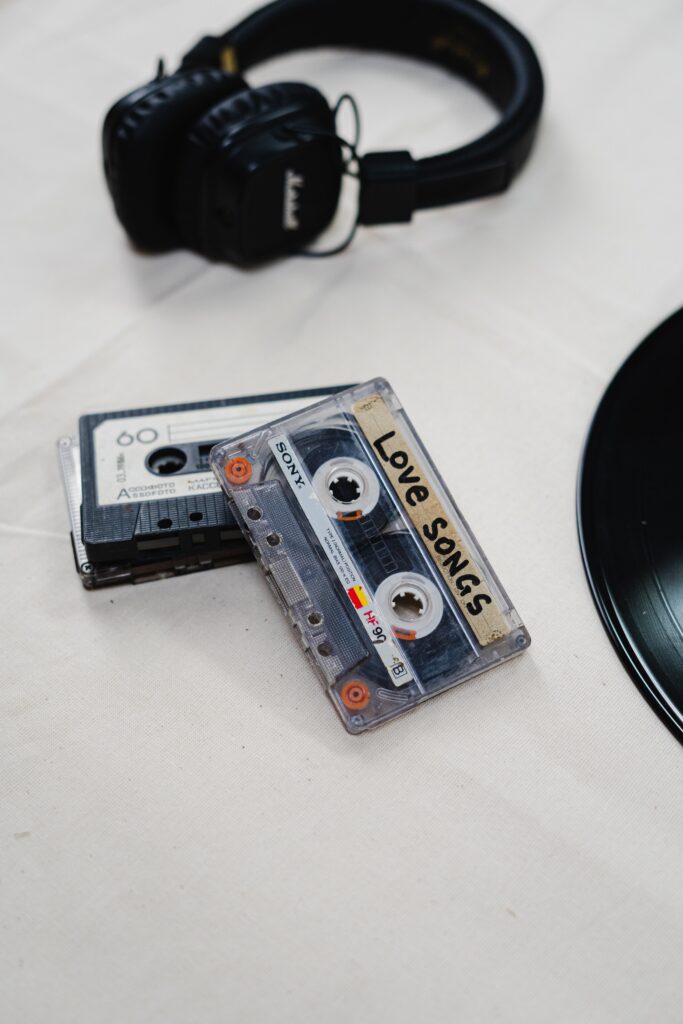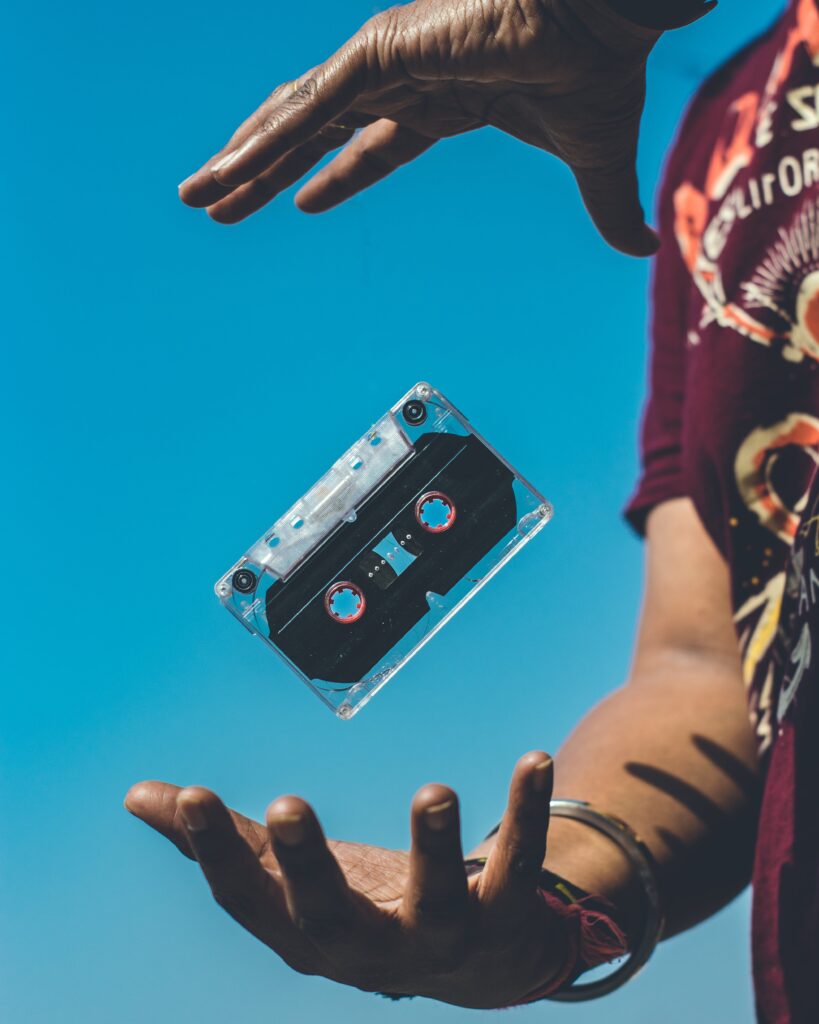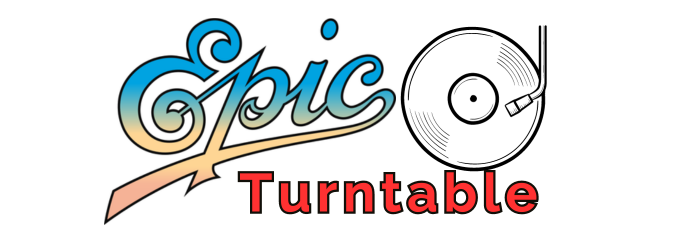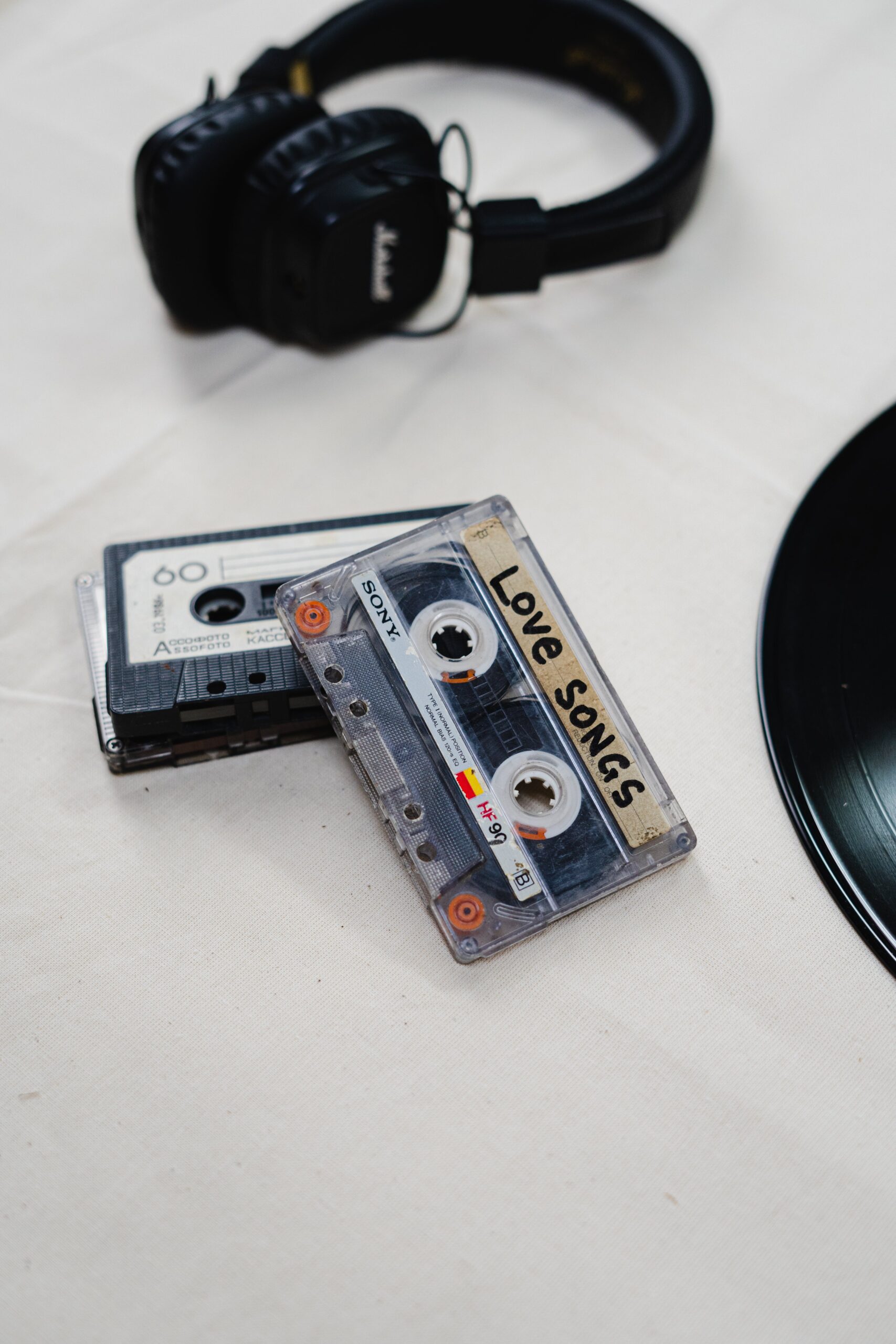So, you’ve recently acquired a collection of vinyl records, and you’re eager to know their value and condition. Whether you’re a seasoned vinyl enthusiast or just starting your collection, properly grading the condition of your records is crucial. A thorough assessment can help you determine the worth of your vinyl and ensure you’re making informed decisions when it comes to buying, selling, or preserving these musical treasures. In this article, we will guide you through the process of grading vinyl records, so you can confidently evaluate their condition and make the most of your collection.

How To Grade The Condition Of Vinyl Records
As a vinyl record enthusiast, you know how important it is to assess the condition of a record before purchasing or selling it. Grading the condition of vinyl records not only helps determine their monetary value but also ensures a satisfactory listening experience. In this article, we will guide you through the process of visually inspecting records, assessing their surface condition, examining inserts and sleeves, analyzing vinyl groove condition, evaluating playback quality, testing for skips and jumps, examining the presence of scratches and warps, assessing the condition of the record label, and providing an overall grade. So grab your favorite vinyl record and let’s get started!
Visual Inspection
Before diving into a detailed examination, it is essential to visually inspect the vinyl record. Start by examining the overall appearance of the record. Look for any signs of damage, such as deep scratches, cracks, or warps. Pay attention to the color and clarity of the vinyl – any significant discoloration or cloudiness may indicate poor quality. Additionally, check for any visible mold, mildew, or water damage as these can greatly affect the condition of the record.
Vinyl Surface Condition
Once you have completed the visual inspection, move on to assessing the surface condition of the vinyl. Run your fingers gently across the surface to feel for any imperfections like scratches, scuffs, or fingerprints. These can all have an impact on the sound quality and overall playability of the record. Make sure to inspect both sides of the vinyl thoroughly, as one side may have more wear and tear than the other.
Inserts and Sleeves
The inserts and sleeves of vinyl records play a significant role in preserving their condition. Carefully examine the inserts, such as lyric sheets or posters, for any tears, stains, or missing pieces. Similarly, inspect the record sleeve for signs of wear, including seam splits, ring wear, or creases. Inserts and sleeves in good condition not only protect the record but also add value to the overall package for collectors.
Vinyl Groove Condition
The condition of the vinyl groove directly affects the sound quality of a record. Inspect the grooves closely for any visible wear, such as groove distortion or groove wear lines. These may occur due to repeated use or mishandling. Avoid records with severe groove wear, as they can cause skips or distortions during playback. Look for records with smooth and well-defined grooves, as these are usually an indicator of a well-preserved vinyl.
Playback Quality
Assessing the playback quality of a vinyl record is crucial in determining its condition. Before playing the record, make sure the turntable is clean and in good working order. Start by listening to the record for any excessive surface noise, crackles, or pops. These can occur due to dust, scratches, or wear. Check for any audible distortion, skips, or jumps, as they may indicate deeper issues with the record’s condition. A record with clear and consistent sound reproduction is generally considered to be in better condition.
Testing for Skips and Jumps
Skips and jumps can be frustrating when playing a vinyl record. To test for skips and jumps, carefully listen to the record as it plays. Pay close attention to any pauses or repetitions that occur while the record is spinning. These can occur due to deep scratches, damaged grooves, or warps in the vinyl. While some minor skips can be fixed with proper cleaning, records with significant skipping issues may not be in the best condition.
Presence of Scratches
Scratches are one of the most common issues with vinyl records. When assessing the presence of scratches, use a bright light source at an angle to illuminate the vinyl’s surface. Look for any visible scratches, especially deep ones that are felt with a fingernail. While some light surface scratches are inevitable and may not affect playback significantly, deep or multiple scratches can cause audible distortions and should be taken into consideration when grading the vinyl’s condition.
Record Label Condition
The condition of the record label can also provide valuable insights into a record’s overall value and condition. Check for any signs of fading, peeling, or damage on the label itself. Look for misprinted or mismatched labels, as these can affect the record’s collectability. Records with intact and well-preserved labels typically indicate better care and handling over time.
Presence of Warps
Warps are another common issue with vinyl records, and they can greatly affect the playability and sound quality. Inspect the vinyl under a bright light, holding it parallel to your line of sight. Look for any noticeable warps, such as bowl-shaped or edge warps. These can cause the needle to skip or jump, resulting in a distorted listening experience. While some minor warps can be remedied with careful flattening techniques, records with severe warps may not be salvageable.
Overall Grade
After completing the individual assessments for each aspect of a vinyl record’s condition, it’s time to provide an overall grade. Consider all the factors mentioned above, including visual appearance, surface condition, inserts and sleeves, groove condition, playback quality, skips and jumps, scratches, record label condition, and presence of warps. Assign a grade based on a standardized scale or personal preference, such as Mint, Near Mint, Very Good, Good, Fair, or Poor. This overall grade will give potential buyers or collectors an accurate understanding of the record’s condition and value.
By following these guidelines for grading the condition of vinyl records, you will be well-equipped to make informed buying or selling decisions. Remember, a well-maintained record not only holds its value but also provides an exceptional listening experience. With proper care and attention, vinyl records can bring joy for years to come. So go forth and explore the world of vinyl with confidence and enthusiasm!


Hi there! I’m Eric Hoffman, the author behind EpicTurntable.com. I’m passionate about revolutionizing your music experience through vinyl. At EpicTurntable.com, you’ll find everything you need – from turntables and vinyl records to accessories. Whether you’re an audiophile or just starting out, I offer expert reviews, insightful articles, and the latest trends in the world of turntables. Dive into our community forums to connect with fellow vinyl lovers, or explore our online store for exclusive deals. Join me at EpicTurntable.com, where I’m dedicated to bringing you the classics and the latest hits all in one place!

